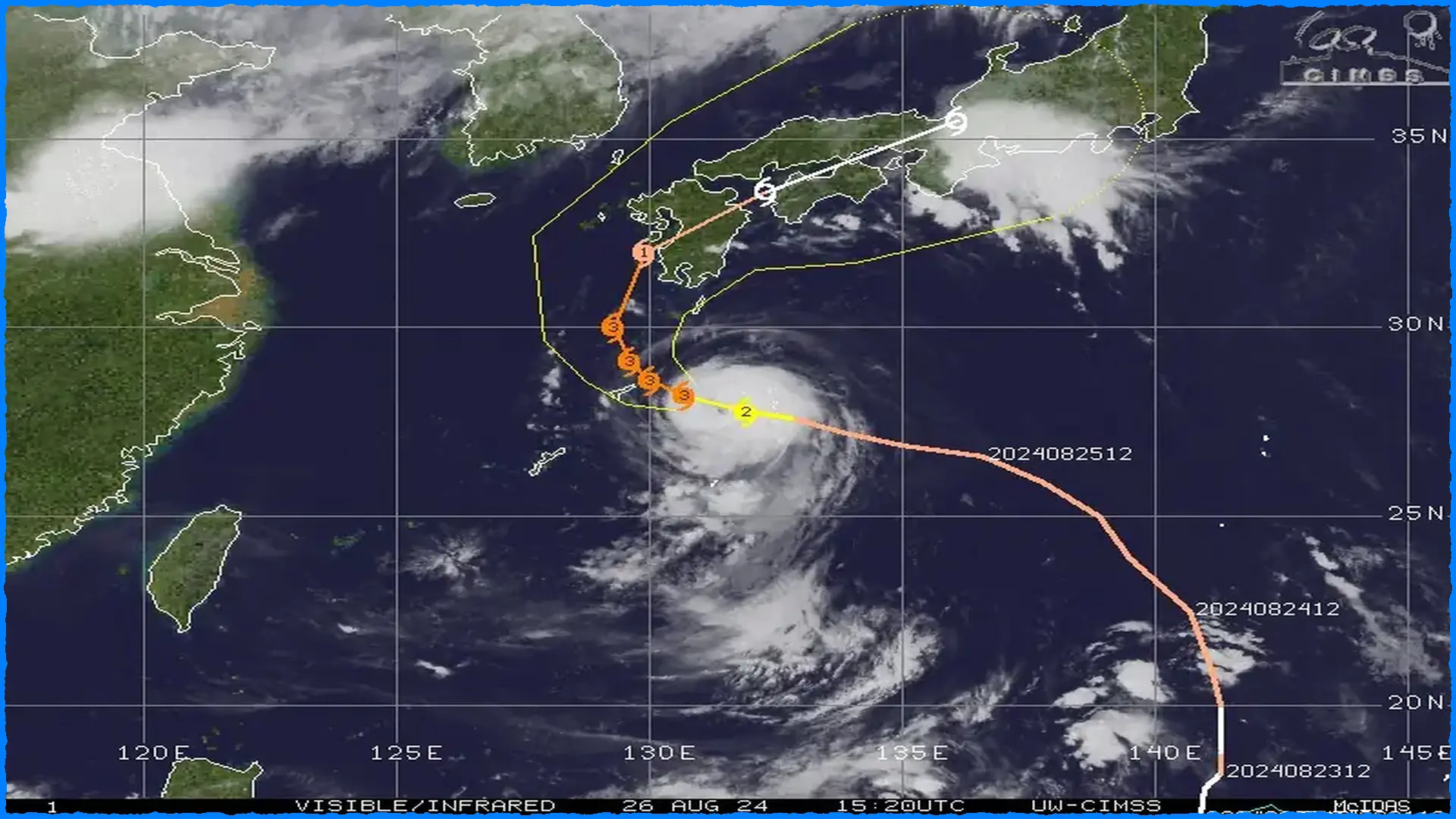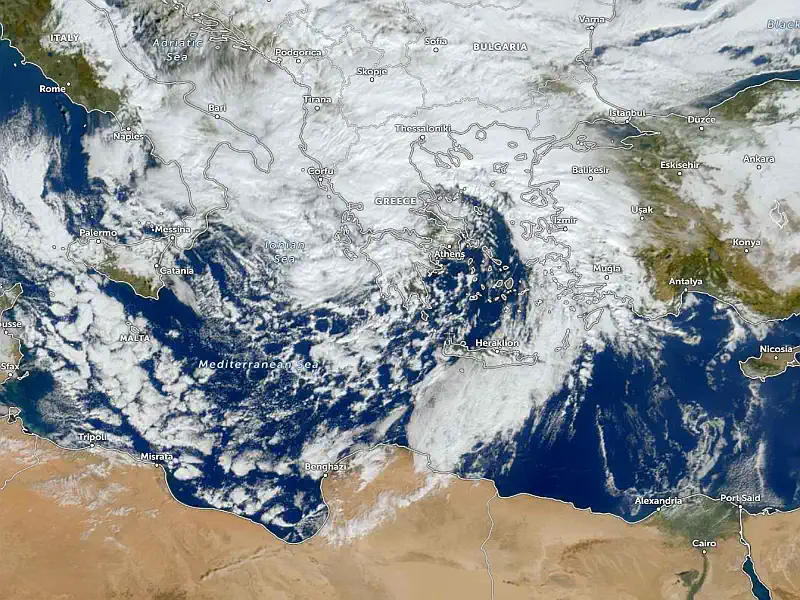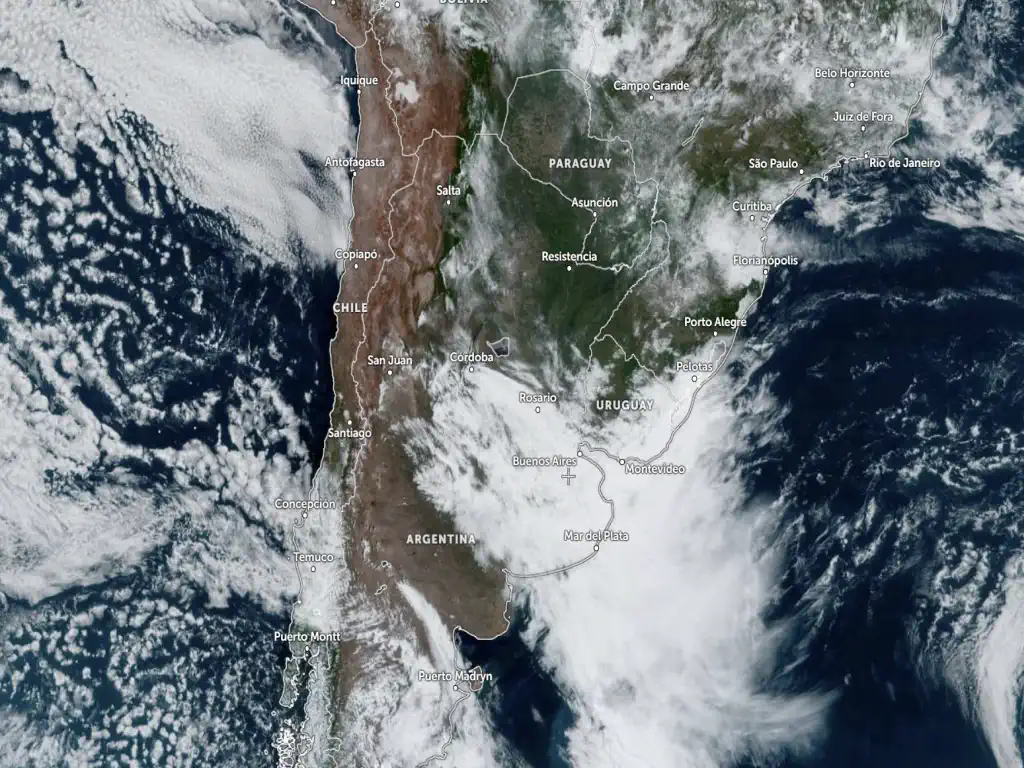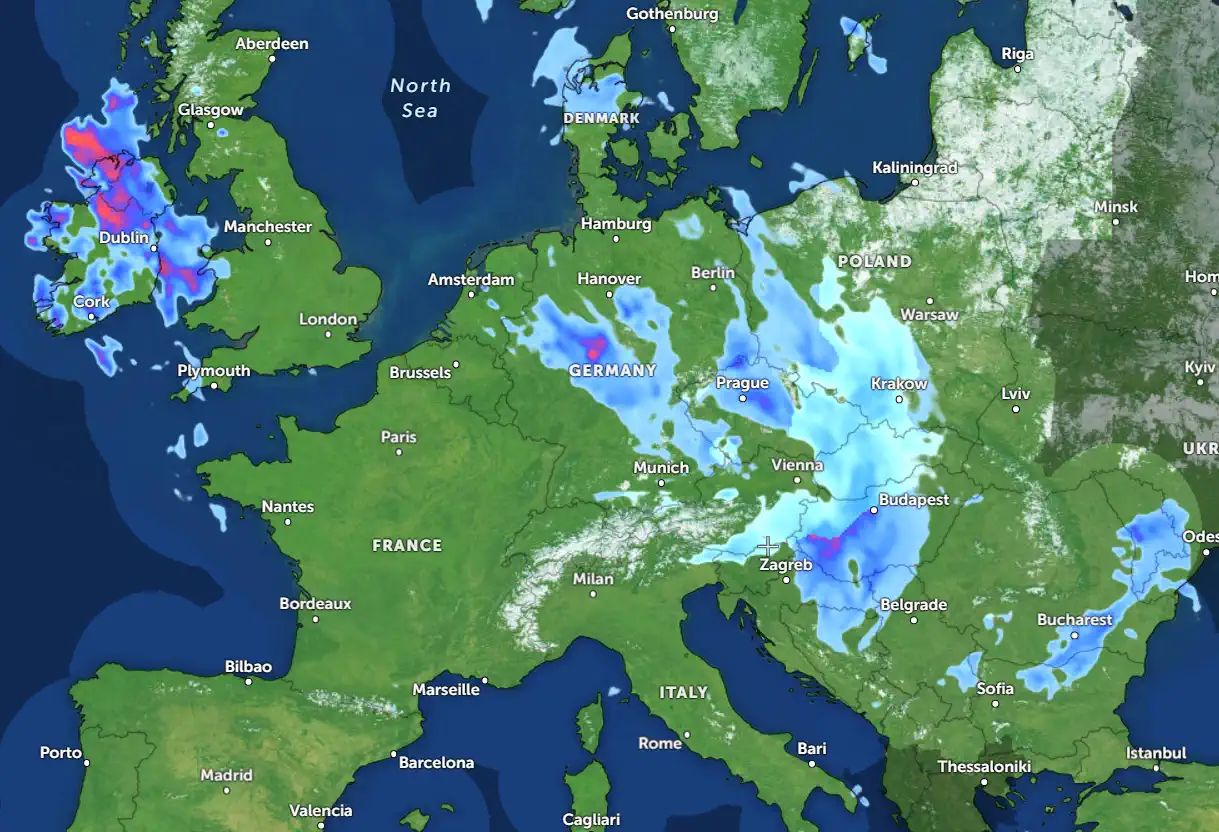
Devastating Typhoon "Shanshan" Strikes Japan, Forcing Millions to Evacuate
In a dramatic turn of events, Typhoon "Shanshan" made landfall in southwestern Japan on Thursday, August 29, 2024, unleashing a powerful onslaught of destruction. The storm, with wind gusts reaching 198 km/h (123 mph), triggered severe flooding, landslides, and widespread power outages, prompting the evacuation of millions of residents in the affected regions.
Typhoon “Shanshan” made landfall near #Satsumasendai City in #Kyushu, #Japan on Thursday, August 29, 2024. The powerful #storm, with wind gusts reaching 198 km/h (123 mph) pic.twitter.com/4bJXCyAoAZ
— City Weather (@ukcityweather) August 30, 2024
The typhoon, which peaked as a Category 4 hurricane equivalent, struck near Satsumasendai City on the southernmost main island of Kyushu, bringing torrential rain and causing significant damage. Over the past 48 hours, some areas have been hit with more than 700 mm (27.5 inches) of rain, and the JMA (Japan Meteorological Agency) warned that some regions could still see up to 1,000 mm (39 inches) of rainfall in the coming days.
The impact of Typhoon "Shanshan" has been devastating, with authorities issuing evacuation orders for 5.2 million people across several prefectures. At least three people have been killed, and 74 others were injured, with one person still missing. The storm has also disrupted transportation, leading to the cancellation of hundreds of flights and the suspension of rail services, including the Shinkansen network.
The Japanese government has mobilized resources to respond to the crisis, with search and rescue operations ongoing in affected areas. However, these efforts have been temporarily suspended in some regions due to the continued threat of heavy rainfall and the risk of landslides.
As Typhoon "Shanshan" moves northward, it is expected to approach central and eastern Japan, including the capital, Tokyo, in the coming days. The JMA has warned that the storm continues to pose a risk of further landslides and floods, and residents in the affected regions are advised to remain vigilant and follow the guidance of local authorities.
The impact of this powerful typhoon serves as a stark reminder of the need for robust disaster preparedness and resilience planning in Japan, a country that is all too familiar with the devastating effects of natural disasters. As the recovery efforts continue, the focus will be on ensuring the safety and well-being of those affected, as well as mitigating the long-term consequences of this catastrophic event.
Chief forecaster and ideologist of the weather forecast service Pogodnik. Co-author of scientific articles and specialized content for various online media.




